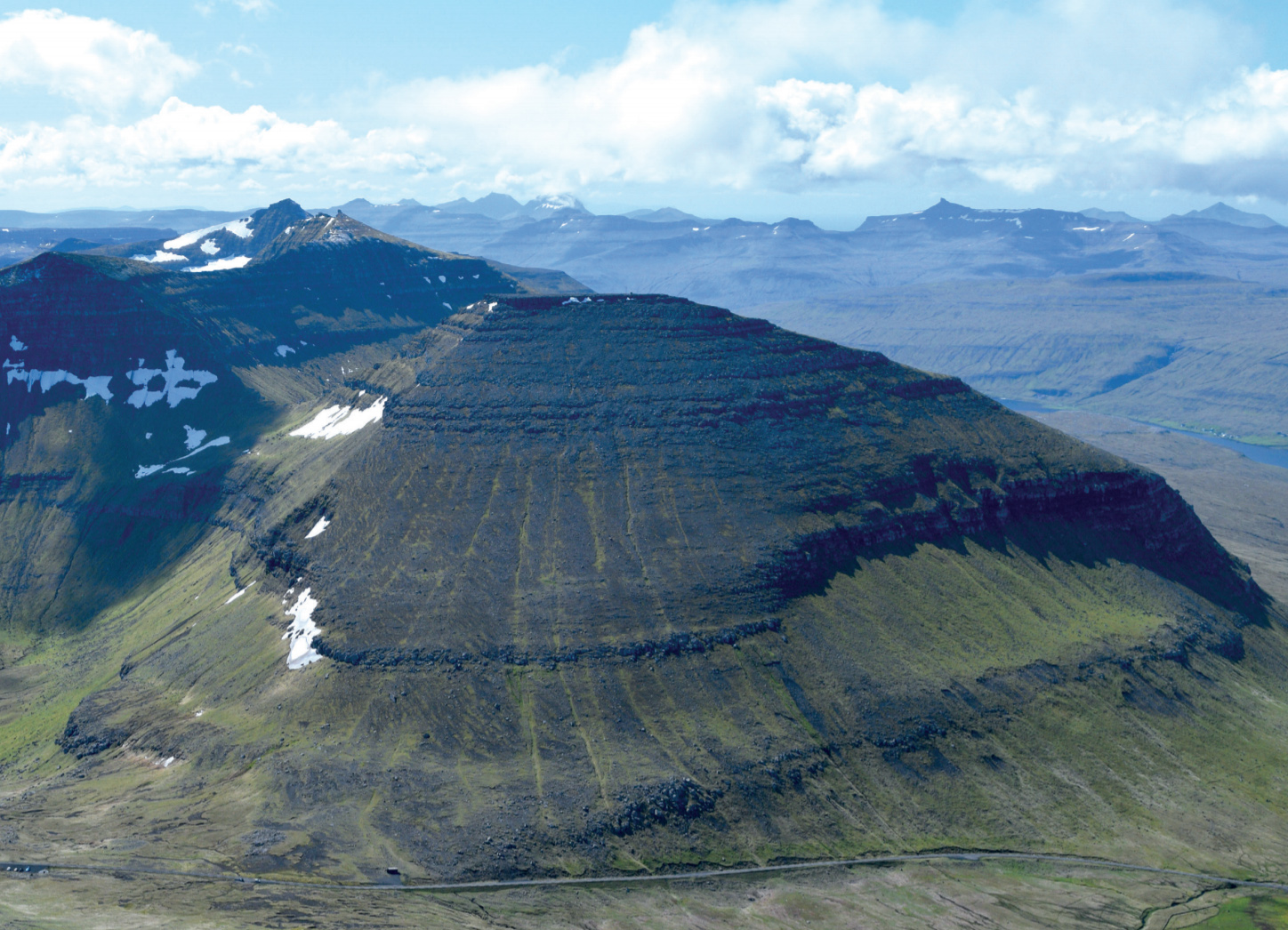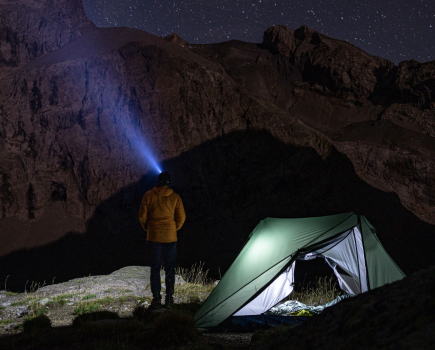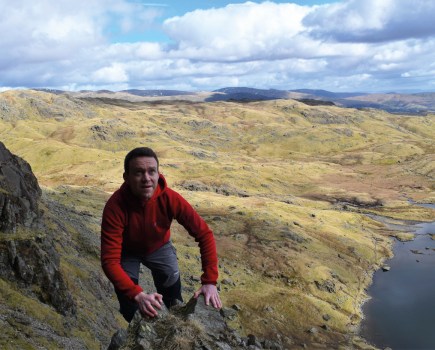Think the Faroe Islands are too wet, windy, expensive or inaccessible? Think again, says Craig Weldon – this is one of the most distinctive places in the world.
Not that many UK-based walkers have been to Scandinavia, preferring the British hills or, if we fancy a bit of warmth with our walking, Southern Europe. Scandinavia is Europe’s secret hiking ground – but there is another, deeper secret. Out in the middle of the ocean is a set of steep grassy islands where the sun seems never to shine. But when it does – oh, my!
The Faroe Islands have only recently begun to appear on the tourist map. Part of this is psychological. I was talking to a competitor in the Tórshavn marathon, a man from southern climes, who indicated that the only reason anybody would want to visit the Faroes was to run a race. “Why would you want to come here otherwise?” he said, metaphorically sweeping his arm over the cloud-capped hills and grey fjords. The psychological barriers go like this: the Faroes have terrible weather; they are Nordic, so must cost a fortune; and they are out in the middle of the ocean, so they must be really difficult to reach.
But the facts go like this. Yes, the weather isn’t great – by some measures it is the cloudiest place on the planet – but if you are used to the West Highlands and Islands, you will be fine. For expense, yes food and alcohol will set you back, but camping is cheap (tip: take an eyemask in summer), and car hire in Tórshavn no more expensive than elsewhere. And access? There are regular and relatively inexpensive direct flights from Edinburgh.
And in return you get to visit one of the world’s most unique places, just a short flight from the UK.
So what’s it like to visit the Faroe Islands? Your first impression will be of drama, as the plane sweeps in over a sea cliff, does a tight turn to avoid a hill, then taxis along the runway with a view of a sea stack out of the window. Your second impression is likely to be of the cold – the Faroes repay layering. And your third and most abiding impression, on climbing a hill in good weather and seeing the sea of peaks rolling away before you, will be a feeling of awestruck avarice that the explorer experiences at the untapped bagging potential.
Thanks to Mark Trengrove’s treasure trove Europeaklist, I know there are 107 Marilyn-criteria hills in the Faroes – twice as many as in the Lake District. And they are all full of character. Don’t be fooled by their modest height – the highest point in the islands is only 880m – but rising steeply from sea level, they make as much of their height as the similarly sized Cuillin of Rum. The comparison with Rum is doubly appropriate, as the banded, rocky nature of the peaks is similar, but the comparison goes only so far: the hills of the Faroes, being newer, are steeper and sharper still. And there are a lot more of them, covering an archipelago of 18 islands the size of Shetland.

South to Slaettaratindur
These are not hills to be taken for granted, with banded cliffs guarding many summits and mists sweeping in from the sea. The most counterintuitive advice I received was not to wear waterproof trousers when the ground is wet. If you stray off the path onto steep wet grass, a slip could be as fatal as on ice, as the smooth surface of waterproofs gives no purchase on the ground. But the Faroes’ peaks are well within the capacity of experienced British hillwalkers. In recent years, tourism has started to make its mark.
There are now routes that you aren’t permitted to walk in season without a guide, to Enniberg, the world’s highest vertical sea cliff at 754m, or the easy hike to Traelanípa for a dramatic sea view just a few kilometres from the airport. But the vast majority of the Faroese peaks remain unvisited, just waiting your exploration.
Here is a selection of three hikes to get you started:
Slaettaratindur. The highest peak in the Faroes at 880m, Slaettaratindur is a must. The nearest road conveniently climbs to a pass below Slaettaratindur and climbed from here, the ascent only takes an hour. The whole of Faroe rolls away at your feet.
Klakkur. Ascended from the Faroes’ second-biggest town, Klaksvík, Klakkur provides an incredible panorama of fjords and steep grassy peaks.
Skeiðsskarð to Norðadalur. A walk suspended between fjord and peak, taking in a couple of incredible natural amphitheatres and views over the island of Koltur.
Useful Information
The Faroes are a self-governing province within Denmark. The current population is about 51,000. Currency – the Faroese krona and the Danish krone have equal value. There are about 8 krone to a pound at the moment.
Atlantic Airways (the national flag carrier for the Faroes) operate direct flights from Edinburgh. Details from www.atlanticairways.com Flight time is approx. 80 minutes.
Recommended further reading: https://visitfaroeislands.com/see-do/hiking/. You can download a comprehensive Hiking Guide to the Faroes from this site.
This article is featured in the September 2019 issue of The Great Outdoors magazine as part of our ‘Scandinavia Outdoors’ supplement, a free 32-page guide to Europe’s wild north. Click here to find out more about the issue, order your copy, or become a subscriber.







